The account of Joshua building an altar on Mount Ebal may not be one of the best-known biblical stories, yet it was a pivotal moment in early Israelite history. Joshua led the Israelites across the Jordan River and into the Promised Land. They conquered first Jericho and then Ai.
The views expressed in this article reflect those of the author, and not necessarily those of New Creation.

Next, Joshua headed north, leading the Israelites to Mount Ebal and Mount Gerizim. There, the Israelites held a covenant ceremony, in which they pledged their obedience to God. Basically, they were agreeing that God would be the king of their new nation. They acknowledged that they understood the ramifications of this arrangement. Half of the tribes stood on Mount Gerizim and recounted the blessings with which God would shower them if they obeyed Him. The other six tribes stood on Mount Ebal. They listed the curses that God would rain down on them if they disobeyed.
As part of this ceremony, Joshua built an altar on Mount Ebal. There, he offered sacrifices to God. It was fitting that he built the altar on Mount Ebal, the mountain of the curse, since it was in times of disobedience that the Israelites needed to repent. They renewed their relationship with God through sacrifice.
The Search for Joshua’s Altar
For over a century, explorers and archaeologists searched Mount Ebal for traces of Joshua’s altar. For example, Conder and Kitchener, British explorers of the late 19th century, surveyed Mount Ebal. They even conducted a small excavation on the summit in the 1870s. They found no evidence of Joshua’s altar. Due to the lack of archaeological findings, they suggested that a Muslim holy place on the eastern slopes of the mountain might mark the location of the altar.1 But they didn’t have any evidence that this was the case.
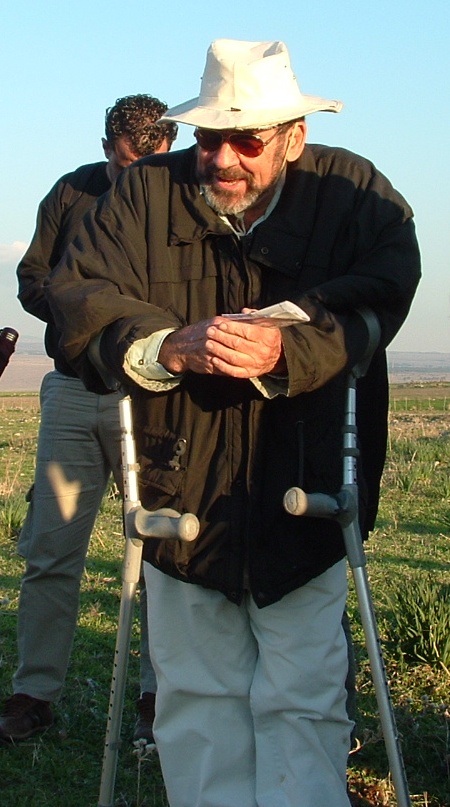
Over the decades, no further evidence of the altar came to light. Then, in the 1980s, Israeli archaeologist Adam Zertal conducted an archaeological survey of the region.2 He found an ancient site consisting of a large stone structure within a foot-print shaped enclosure. Over the next several years, Zertal excavated the site. He found a large, rectangular structure with courtyards and a ramp leading to a stone-paved surface on top of the structure. Beneath this structure, at the very center, was an earlier round structure, 6.5 feet in diameter. Most of the pottery at the site dated to the Iron Age I.3 In and around both structures, Zertal found an abundance of ash and animal bones, including sheep, goats, cows, and fallow deer.4 Based on the archaeological evidence, Zertal identified the site as an altar and suggested that this site was Joshua’s altar on Mount Ebal.
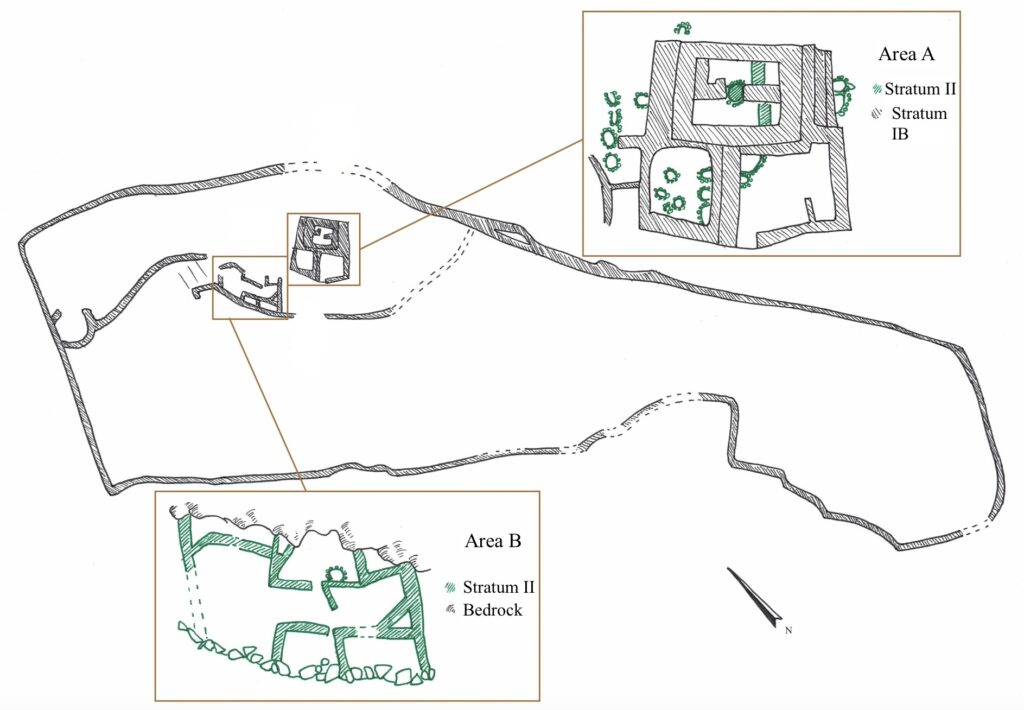
A Problem of Historicity

Despite his claims of having found Joshua’s Altar, Zertal did not accept the biblical account of the conquest in its entirety. In fact, before finding the altar, Zertal hadn’t even believed that Joshua had ever existed, let alone that he had built an altar on Mount Ebal. Even after becoming convinced that Joshua was a historical character, Zertal didn’t accept the biblical account of the Israelite exodus out of Egypt. Instead, he thought that there was an east-to-west migration of nomadic people. These people eventually settled down, called themselves Israelites, and invented an origin story for themselves, the story of the Exodus and conquest.
Yet, Zertal believed that the origin story held nuggets of truth. One of these was the story of Joshua’s altar on Mount Ebal. Because Zertal thought that the Exodus and Conquest were mostly fictional, he was not too concerned with whether the specific details of the biblical account matched his findings at the site. But for those who believe that the Bible presents an accurate historical account, questions remained. Did Zertal’s altar on Mount Ebal qualify as Joshua’s altar?
A Question of Dates
One of the problems with identifying biblical sites is the question of chronological dating. Where does biblical history fit within Ancient Near Eastern history? From about the time of Solomon and onward, there are plenty of historical records that mention biblical names and events. But, before that time, historical records are scarce, making it more difficult to find correlations between those and the biblical text.
Regarding the period of the exodus and conquest, there are two main views: the Early Date Exodus and the Late Date Exodus. The Early Date Exodus relies on 1 Kings 6:1, which says that Solomon began building the temple in the 480th year after the Exodus. Since Solomon’s building of the temple has been firmly dated to 967 BC,5 this view places the Exodus in 1446 BC (967+479=1446). Meanwhile, it begins the conquest (40 years later) in 1406 BC. On the other hand, the Late Date Exodus relies on Exodus 1:11, which states that the Israelites built two supply cities while they were slaves in Egypt: Pithom and Raamses. Pharaoh Ramesses II of Egypt had the city of Pi-Ramesses built during the 13th century BC. Based on this correlation, the Late Date Exodus view places the Exodus around 1260 BC and the conquest (40 years later) beginning in 1220 BC.
An in-depth discussion of these two views of the Exodus is beyond the scope of this article, since the topic is complicated enough to be an article on its own. I favor the Early Date Exodus view.
Could Joshua have Built the Altar on Mount Ebal?
When Zertal excavated the altar on Mount Ebal, he found evidence that the site was in use from around 1250–1150 BC. He also found that the site was only used by Israelites. There was no evidence of any other people group using the site. That means that in 1250 BC, there were already Israelites at Mount Ebal. The problem is that this date lands between the Early Date Exodus and the Late Date Exodus! So, could Joshua have built the altar that Zertal found on Mount Ebal?
I studied the pottery and other items that Zertal found in his excavation at Mount Ebal. I discovered that some pieces dated even earlier than 1250 BC.6 The earliest pottery from the site dated to the transitional period between the Late Bronze Age Ib and the Late Bronze Age IIa, around 1400 BC. This matches up very closely with the Early Date Exodus, meaning that Joshua could have built the original smaller round altar at the site.
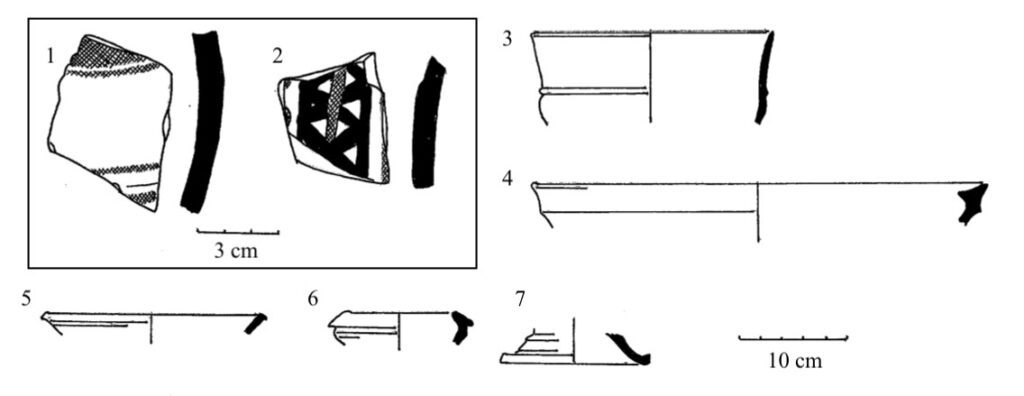
The Bible records a one-time event at Joshua’s altar. Yet it appears that the altar continued in use, and that later Israelites expanded it, building a large rectangular altar over top of it. Even though the Bible does not mention this continued usage, it is not surprising. Joshua 24 records that the Israelites held a second dedication ceremony in Shechem, which lies below Mount Ebal. Thus, it seems that this area continued to hold significance to the Israelites.
The discovery of Joshua’s altar on Mount Ebal is a significant find for biblical archaeologists. It is another reminder that the Bible is trustworthy.
Footnotes
- Conder, C. R., and H.H. Kitchener. 1882. The Survey of Western Palestine: Memoirs of the Topography, Orography, Hydrography, and Archaeology, Volume II: Samaria. London: The Palestine Exploration Fund, pg 168. ↩︎
- Zertal, Adam. 2004. The Manasseh Hill Country Survey Volume I: The Shechem Syncline. Leiden and Boston: Brill. ↩︎
- Zertal, Adam. 1987. “An Early Iron Age Cultic Site on Mount Ebal: Excavation Seasons 1982–1987.” Tel Aviv 13–14 (2): 105–165. ↩︎
- Horowitz, Liora Kolska. 1987. “Faunal Remains from the Early Iron Age Site on Mount Ebal.” Tel Aviv 13–14 (2): 173–189. ↩︎
- Eames, Christopher. 2022. “967 B.C.E: How the Lynchpin Date for Solomon’s Temple Was Determined.” Armstrong Institute of Biblical Archaeology. ↩︎
- Leavitt, Abigail. 2022. The El-Burnat (A) Structure(s): Joshua’s Altar? Katy: Nehemiah Press. ↩︎


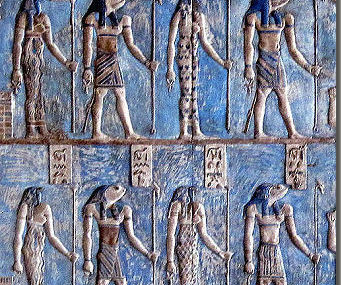

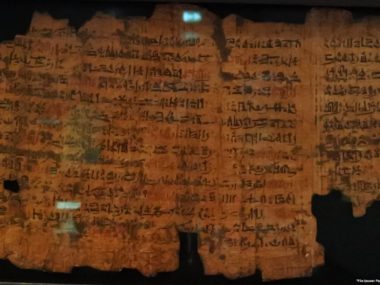
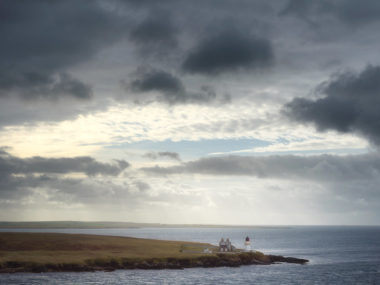
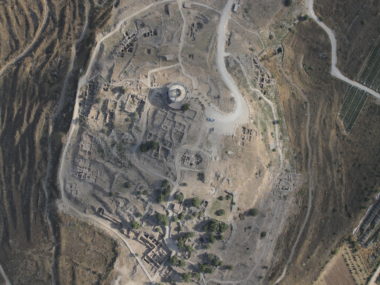
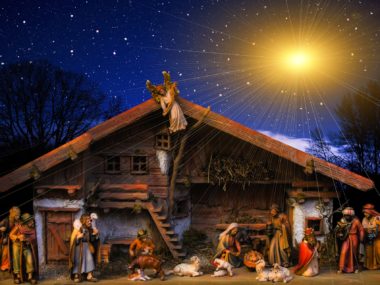




Thanks for adding your own examinations of the pottery from Mount Ebal, which made the argument for the Early Date Exodus even more compelling. Your expertise in archaeology really shines through!
Great article. hopefully this is the alter. So long ago nand so much later stuff happened. indeed vwe need bible believing bpeople to look for tyhese things as we would do a smarter job. More ernest to find it. Anyways its cool.
Excellent write-up, Abigail.